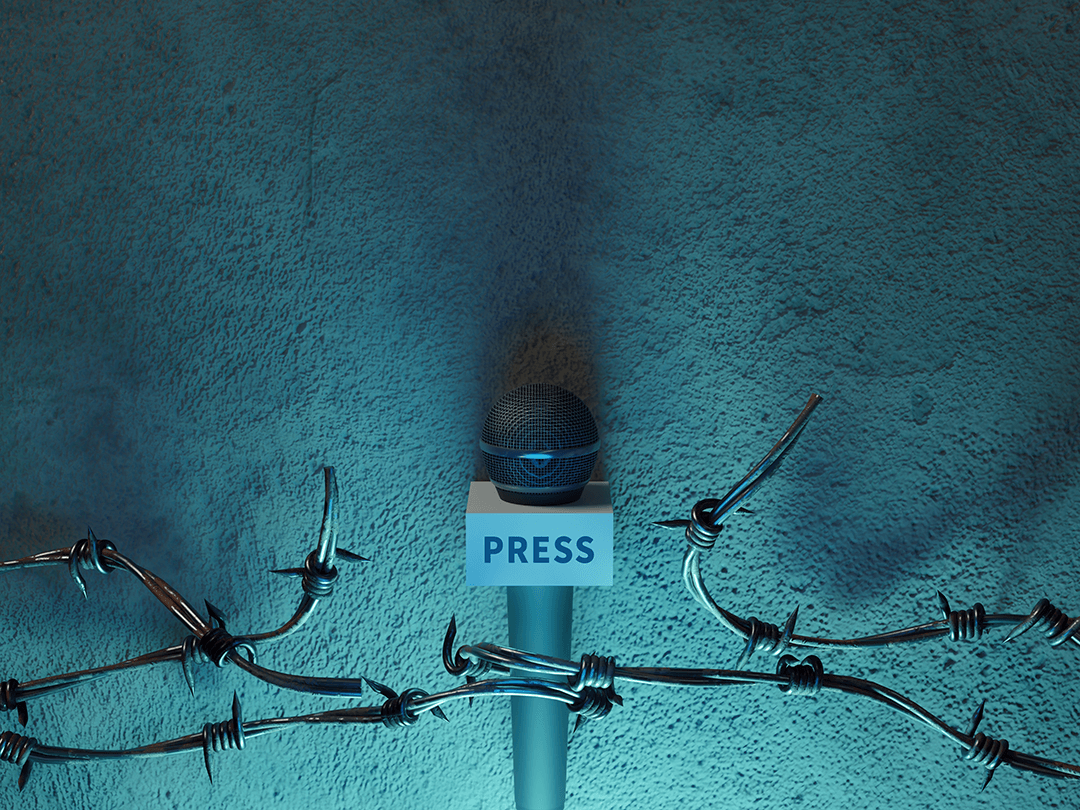The Lead is a weekly newsletter that provides resources and connections for student journalists in both college and high school. Sign up here to have it delivered to your inbox every Wednesday morning during the school year.
You’re a new editor who’s probably gotten some training from your predecessor, but you haven’t had editing classes or formal preparation. A first-time reporter sends you a story that’s in bad shape, riddled with errors and only has one source. Where do you even start?
There are two parts of editing: micro (grammar, fact-checking and word choice) and macro (organization and overall content). The best editors look at both of those components and communicate effectively with reporters. Following these steps will streamline the editing process and help your finished stories shine.
First, read the story without making any changes or comments. This takes self-restraint! I get it. If I see copy errors on a first read or phrasing that seems off, I immediately want to start flagging them and making comments. But there’s time for that later. Your first read will help you get a sense of the story’s organization and what it might be missing (or where it could be trimmed).
Next, read the story with a critical eye for content and organization. Does it include enough sources who add different perspectives? Is it structured logically and does it flow? Are there parts that are repetitive and could be condensed?
If there are big holes in the story and it needs more reporting, stop there and have a conversation with the reporter about how it can be improved. Don’t spend time making small copy edits if the story needs major changes.
After that, read the story with a closer look at copy edits and phrasing. Even if the story will later go through the copy desk, you should have a sense of the key style points in your organization. Is there a certain way your publication refers to the university (e.g. University of Missouri instead of Mizzou)? Is there a word choice that sounds awkward or could be cleaner?
This cannot be said enough: Don’t change a reporter’s words without asking. I like using Google Docs’ editing mode to make suggestions — then a reporter can veto a change or bring it up for discussion if they don’t agree with it. And even if there are lots of small edits to make the story smoother, the reporter won’t learn from them if you just change them invisibly.
Finally, give the reporter feedback. In-person feedback is ideal — you can sit down together and walk through your thoughts on organization and story structure. If that’s not possible, a phone call, Zoom or email works, too. It’s important to include positive feedback even if the story needs a lot of work! An encouraging, constructive editor goes a long way in developing a beginning reporter’s self-confidence and interest in journalism.
A few caveats: This process is designed for stories where you have time to work through edits with a writer. In a breaking news situation, that’s not always the case — you might have to give the story one thorough read, publish, and continue editing as the story develops. (Remember, though, that accuracy always trumps speed when reporting breaking news.)
In other cases, you may end up going through multiple rounds of edits with a writer for a longer project or feature story. Check in with the reporter along the way before they turn in the story, even asking them for a loose outline of the story so you know how their reporting’s going. When you’re editing, allow plenty of time for revisions and be patient. You and the reporter share the same goal: to make the story as strong as possible when it publishes.
Editing and managing
This is part of The Lead’s series on editing and managing. Other recent issues:
- From BFF to boss: How to manage your friends when you’re also their editor
- ‘The fact-checking process can help you sleep better at night’: Tips from PolitiFact on bulletproofing your stories
- ‘You’re not supposed to know everything’: Student editors share advice on leadership positions
- COVID-19 pushed us to go digital-first, and it may have saved our newspaper
- Student journalists need better editing and management training, and we’re here to help
One story worth reading
Journalists love discussing whether journalism school is worth the investment. There isn’t a universal right or wrong answer; the choice is very different for undergrads vs. grad students and depends largely on the program you’re looking at. Some schools provide ample assistance while others will leave you with a mountain of debt (quantified by a recent Wall Street Journal story; full disclosure, I was indeed one of the Mizzou grads who tweeted it with a dash of smugness).
But it’s time for a different model altogether, Joshua Benton writes for Nieman Lab. The most common existing paths into journalism limit the industry’s diversity, particularly for adults who decide they want to be journalists but can’t easily stop working and get a master’s degree. Benton suggests an alternative certification program, similar to options that exist for people who want to be teachers but don’t have an education degree, or an online Harvard Business School credential.
“Professional journalism has become less representative and more driven by an educational and class elite than it was in the days of ink-stained wretches,” he writes. “Some (not all) journalism schools have done good work trying to push back against that trend. But maybe it’s time for the profession to build a new path into the industry — not just try to tweak the old ones.”
Opportunities and trainings
- Poynter’s internship database lists paid newsroom internships at publications around the country.
- High school students and advisers, register for the fall National High School Journalism Convention, to be held virtually Nov. 1 to Jan. 15.
- Poynter is hiring college students to lead fact-checking workshops for their peers as MediaWise Campus Correspondents. Apply by Nov. 12.
- College juniors and seniors, apply for scholarships from ACES by Nov. 15.
- Apply for the POLITICO Journalism Institute, a training program for students interested in covering politics and policy, by Nov. 30.
- College students and recent graduates, apply for NPR’s Next Generation Radio Project, a weeklong audio journalism training program (currently held remotely).
- Sign up for a free email course on building membership programs, offered by the Lenfest Institute.









